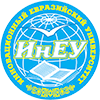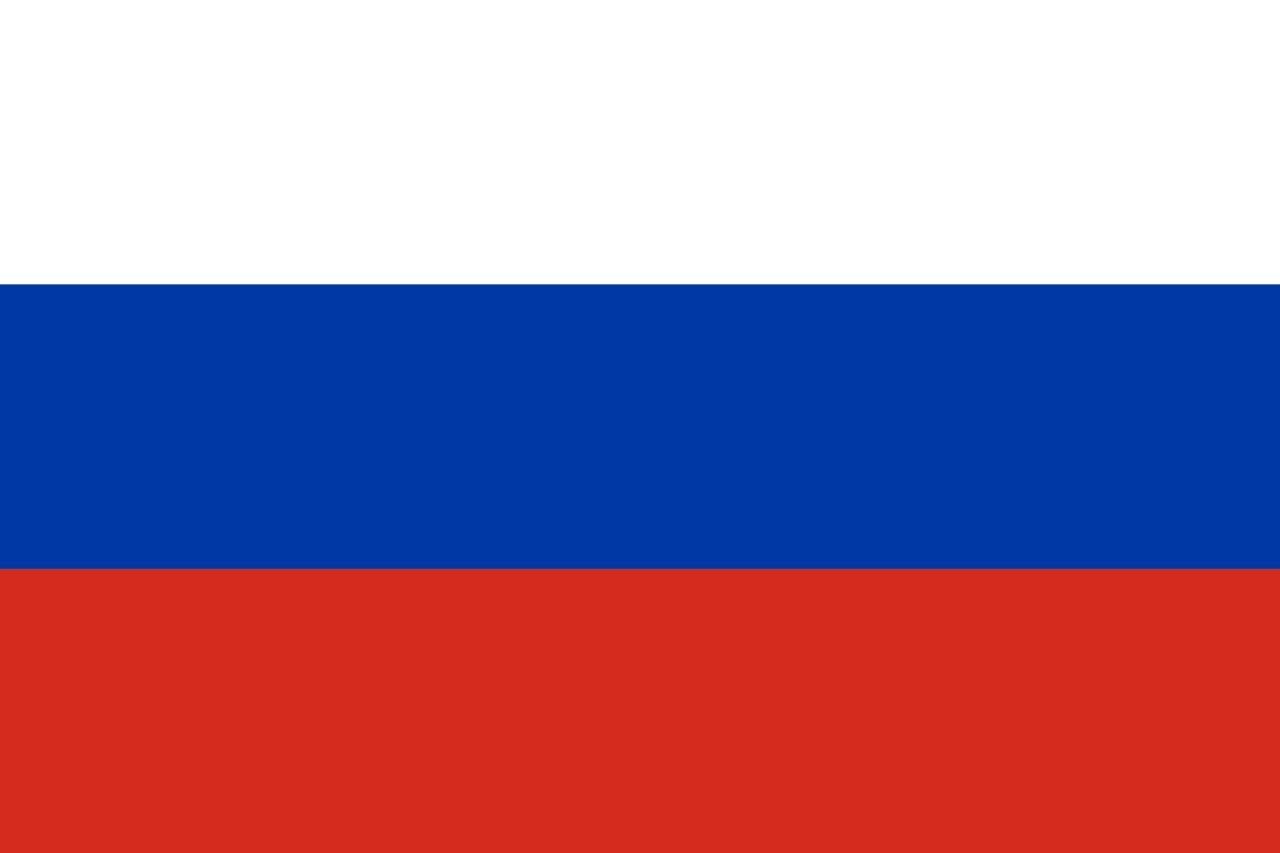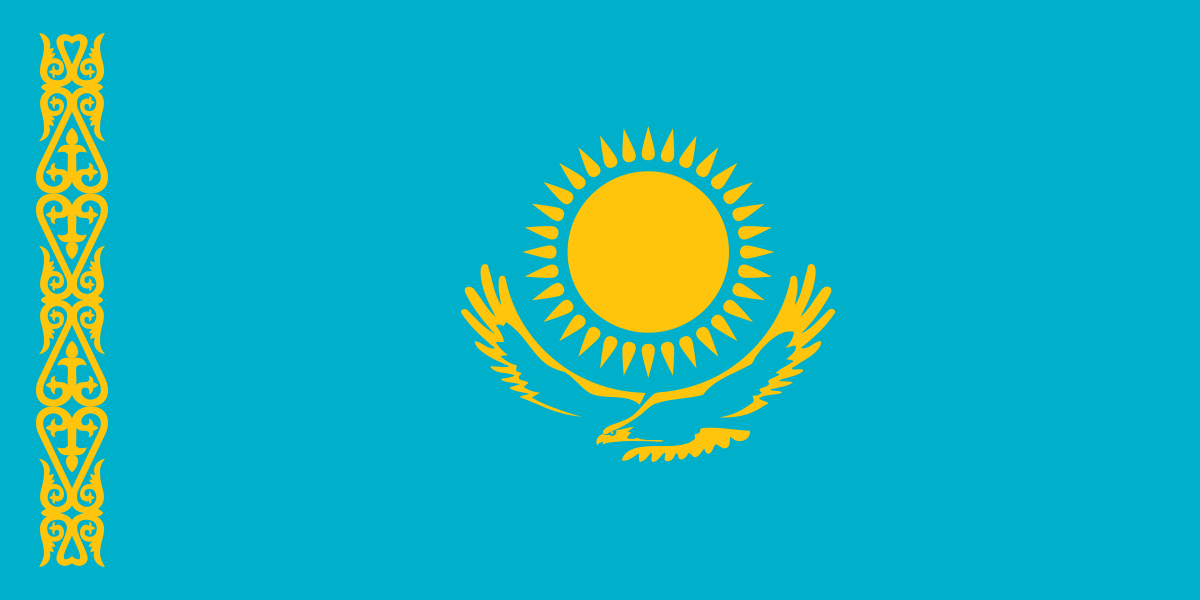Annotation:
The study of comparative analysis of Kazakh and Russian proverbs and sayings reflecting the
cultural values of native speakers.
Purpose to conduct a comparative analysis of Kazakh and Russian proverbs and sayings
reflecting the cultural values of native speakers.
Сomparative analysis: comparing proverbs and sayings at the semantic, structural and
pragmatic levels, identifying similarities and differences in the content and form of proverbs and
sayings. Quantitative analysis of the frequency of use of proverbs and sayings related to certain
cultural values, identification of common themes and concepts.
The study of proverbs and sayings of two languages revealed similarities and differences in
the cultural values of Kazakhs and Russians. It was found that hard work, respect for elders,
hospitality and family ties are highly valued in both cultures. However, certain differences were also
found, for example, in the emphasis on collectivism among Kazakhs and individualism among Russians. Research contributes to cross-cultural understanding and can be used as a resource for
learning languages and cultures. It is also of practical importance for teachers, translation specialists,
and those interested in cross-cultural communication. The commonality of Kazakh and Russian
stereotypes can be traced in the most important values: courage, honor, service to the motherland,
hospitality. Russian Russian and Kazakh proverbs show their originality and great importance in
shaping the moral values of Kazakhs and Russians; folklore can and should serve as a source of
national spirituality, promote mutual understanding between peoples.
Year of release:
2025
Number of the journal:
1(97)
Heading: Humanities
Keywords: proverbs, sayings, proverbial origin, Kazakh culture, Russian culture, traditions, cultural values

 English
English Русский
Русский Қазақ
Қазақ